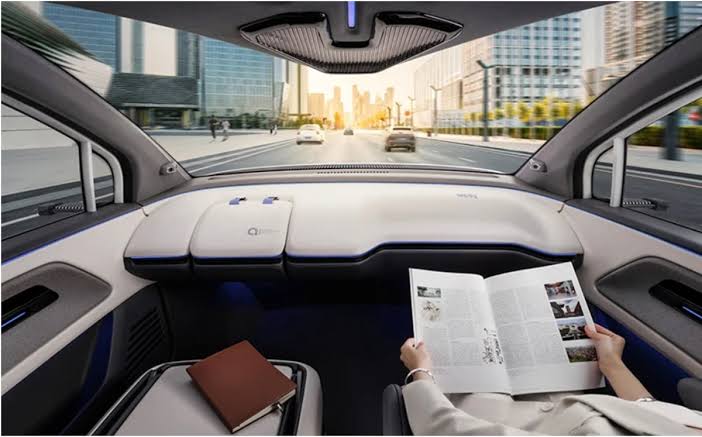
Significant advances have been made in the field of autonomous vehicles in recent years, ushering in a new era of transportation and urban planning. Technological advances in sensors, artificial intelligence and connectivity have paved the way for sophisticated autonomous driving systems. Lidar sensors, high-resolution cameras and advanced radar systems enable autonomous vehicles to perceive their surroundings with pinpoint accuracy and react to dynamic environments in real time.

The future impact of autonomous vehicles on traffic and urban planning is enormous. As self-driving cars become mainstream, we can expect a sea change in the way people get around cities.Through improved safety and efficiency, autonomous vehicles have the potential to reduce traffic accidents and congestion, resulting in smoother traffic flow and shorter travel times. In addition, they offer mobility solutions for people with disabilities, the elderly and people who do not have access to traditional means of transport.
Urban planning will also experience a revolution, as autonomous vehicles will change the way we design and use urban space. Parking lots can be turned into parks or business parks as autonomous vehicles can efficiently offload passengers and find parking spots outside of the city center. Car-sharing services with autonomous fleets could become a more cost-effective option, encouraging a move away from individual car ownership and reducing the need for extensive parking infrastructure.
However, the integration of autonomous vehicles into society also brings challenges. Policymakers need to address security and ethical issues, create regulatory frameworks, and ensure cyber security to prevent potential threats. Additionally, improvements in transportation infrastructure such as smart traffic lights and improved road markings will be essential for seamless interaction between autonomous and human-controlled vehicles.




 click and follow Indiaherald WhatsApp channel
click and follow Indiaherald WhatsApp channel